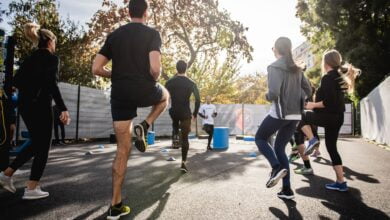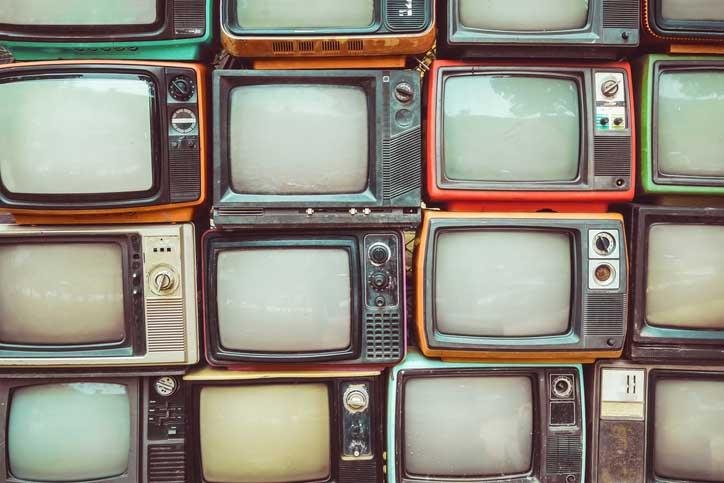NEWS
How To Potty Train a Puppy
Tips for a Stress-Free and Successful Puppy Potty Training Experience
Potty Train a Puppy is a process of teaching a puppy basic obedience and socialization skills. Training is important for puppies, as it helps them learn how to interact with people and other animals in a safe, positive way. Training also helps puppies develop good behaviors and become well-mannered members of their family and community.
Below are few tips on How to Potty Train a Puppy
- Start with a crate: Crate training is an effective way to potty train a puppy. Put your puppy in the crate for short periods of time during the day and at night when you’re not at home. This will help your puppy learn that the crate is a safe place and will make them less likely to eliminate while in it.
- Set a schedule: A consistent potty schedule should be established so that the puppy can understand when it is time to go outside. Take your puppy out to the same spot every time for potty breaks. This helps the puppy understand that this is the spot for elimination.
- Reward good behaviour: Every time your puppy eliminates in the correct spot, offer a reward such as verbal praise, a treat, or a toy. This will help encourage the puppy to continue to go in the right spot.
- Watch for signs: Pay attention to your puppy for signs that it needs to go out. These signs can include sniffing around, circling, or whining. The sooner you can take the puppy out, the better chance of success.
- Be consistent: Consistency is key when it comes to potty training. Make sure that everyone in the household is on the same page and reinforcing the same behaviours. This will help ensure your puppy is learning the correct potty behaviours.
- Puppy Pads and Paper Training: Puppy pads and paper training are both methods of house training a puppy. Puppy pads are absorbent pads that are placed in designated potty areas inside the house. The puppy is then encouraged to use the pad as its designated area to go to the bathroom. Paper training is a method of teaching a puppy to eliminate on newspaper or other absorbent material. The idea is to place the paper in an area that the puppy can easily access and train the pup to eliminate on the paper instead of on the floor. Both methods are effective and can be used together to house train a puppy.
Some Frequently Asked Questions on Potty Train a Puppy
- How old does a puppy needs to be for potty training
- Most experts recommend beginning potty training when your puppy is between 12 and 16 weeks old.
- How many times a puppy needs to be taken outside for potty breaks
- Puppies need to be taken outside for potty breaks at least every four to six hours, depending on their age.
- How to schedule the potty timings of puppy
- Start by introducing your puppy to the potty area. Set up an area in your yard or a designated spot in your house for your puppy to go to the bathroom.
- Take your puppy outside to the potty area several times a day. The best times to take them outside are after they wake up, after they eat, and after they play.
- Praise your puppy when they go to the bathroom in the designated area.
- Make sure to take your puppy outside at the same times every day. This will help them learn the potty schedule.
- If your puppy has an accident inside, clean it up thoroughly and take them outside to the potty area to finish.
- If your puppy is having trouble learning the potty schedule, try using crate training. This will help them learn to “hold it” and only go to the bathroom outside.
- Keep a consistent potty schedule and be patient with your puppy. It may take some time for them to learn the schedule, but with proper training they will eventually get the hang of it.
Finally, some Bonus tips on Potty Train a Puppy:
- Establish a Routine: Establishing a routine from the start is the best way to ensure success in puppy training. A consistent routine with regular mealtimes, walks, potty breaks, and playtime helps to ensure that your puppy learns quickly and can follow commands.
- Use Positive Reinforcement: Positive reinforcement is an effective training tool for puppies. Whenever your puppy does something correctly or follows a command, reward them with praise, treats, or toys. This will help your puppy understand that they are doing something right and will encourage them to continue the good behaviour.
- Set Boundaries: It’s important to establish boundaries with your puppy early on. This will help them understand what acceptable behaviour is and what is not. Use verbal commands, hand signals, and physical cues to help them understand what they can and cannot do.
- Be Patient: Puppies are still learning and need time to adjust to their new environment. Be patient with them and don’t expect them to learn everything right away. It can take months for a puppy to learn basic commands, so don’t get discouraged if they don’t get it right away.
- Socialize Your Puppy: Socializing your puppy is an important part of training. Take your puppy to the park, on walks, and to other places they can meet other people and animals. This will help your puppy learn to be comfortable in different environments and will make training easier in the future.
When it comes to Potty Train a Puppy, there are a few key points to keep in mind:
- Start training early. Puppies learn best when they are young, so it’s important to start training as soon as possible.
- Use positive reinforcement. Reward your puppy when they do something right, rather than punishing them when they do something wrong.
- Be consistent. Establish a routine and stick to it. This will help your puppy learn and remember the behaviours you’re teaching them.
- Be patient. Training a puppy takes time and patience. Don’t get discouraged if your puppy doesn’t learn something right away.
- Keep training sessions short and fun. Make sure to keep your puppy’s attention by mixing up the activities.
With the right approach, training your puppy can be a rewarding and enjoyable experience for both you and your pup.
Recent Post: Wellness Trends 2023




